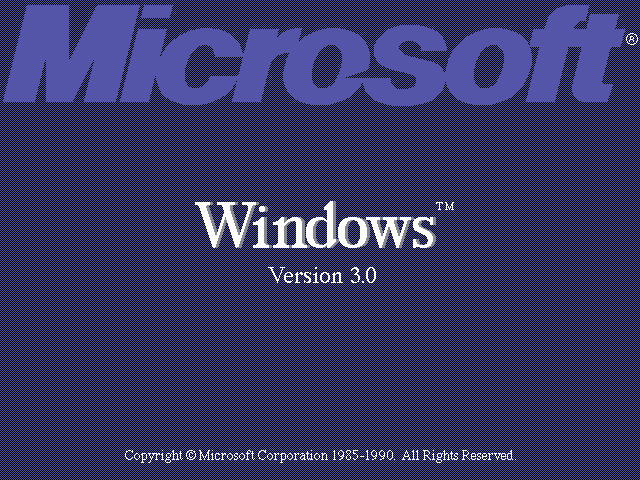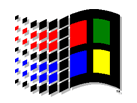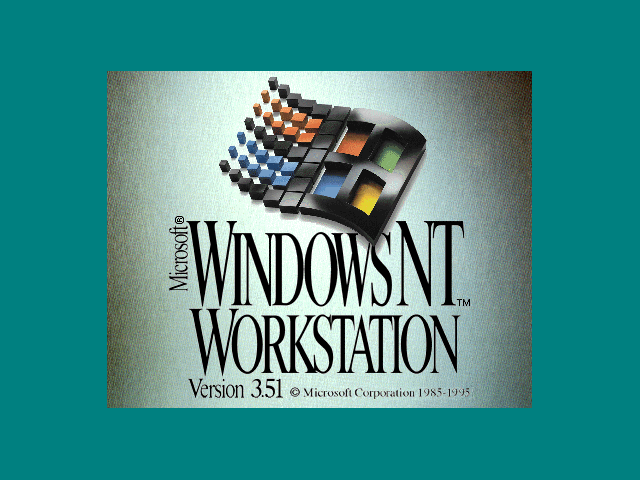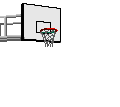
Windows 1.0 is a 16-bit graphical operating environment released on November 20, 1985. It was Microsoft's first attempt to implement a multi-tasking graphical user interface-based operating environment on the PC platform.Windows 1.0 offers limited multitasking of existing MS-DOS programs and concentrates on creating an interaction paradigm (cf. message loop), an execution model and a stable API for native programs for the future. Due to Microsoft's extensive support for backward compatibility, it is not only possible to execute Windows 1.0 binary programs on current versions of Windows to a large extent, but also to recompile their source code into an equally functional "modern" application with just limited modifications.[citation needed].
Windows 1.0 is often regarded as a "front-end to the MS-DOS operating system", a description which has also been applied to subsequent versions of Windows. Windows 1.0 is an MS-DOS program. Windows 1.0 programs can call MS-DOS functions, and GUI programs are run from .exe files just like MS-DOS programs. However, Windows .exe files had their own "new executable" (NE) file format, which only Windows could process and which, for example, allowed demand-loading of code and data. Applications were supposed to handle memory only through Windows' own memory management system, which implemented a software-based virtual memory scheme allowing for applications larger than available RAM.
Because graphics support in MS-DOS is extremely limited, MS-DOS applications have to go to the bare hardware (or sometimes just to the BIOS) to get work done. Therefore, Windows 1.0 included original device drivers for video cards, a mouse, keyboards, printers and serial communications, and applications were supposed to only invoke APIs built upon these drivers. However, this extended to other APIs such as file system management functions. In this sense, Windows 1.0 was designed to be extended into a full-fledged operating system, rather than being just a graphics environment used by applications. Indeed, Windows 1.0 is a "DOS front-end" and cannot operate without a DOS environment (it uses, for example, the file-handling functions provided by DOS.) The level of replacement increases in subsequent versions.

















